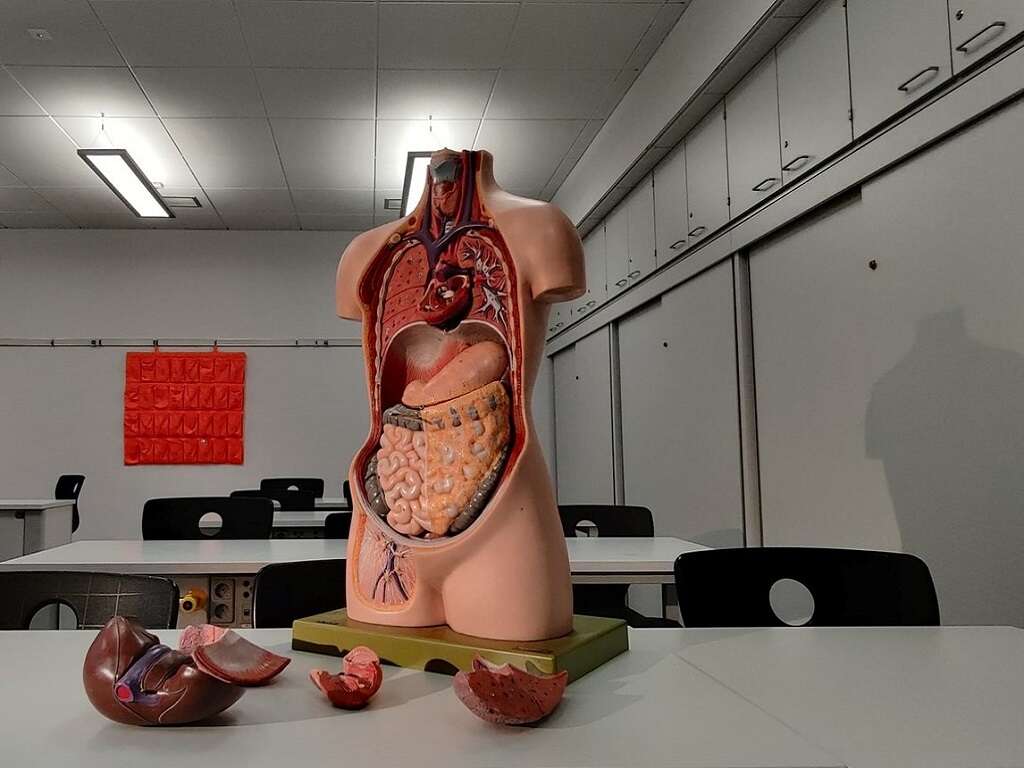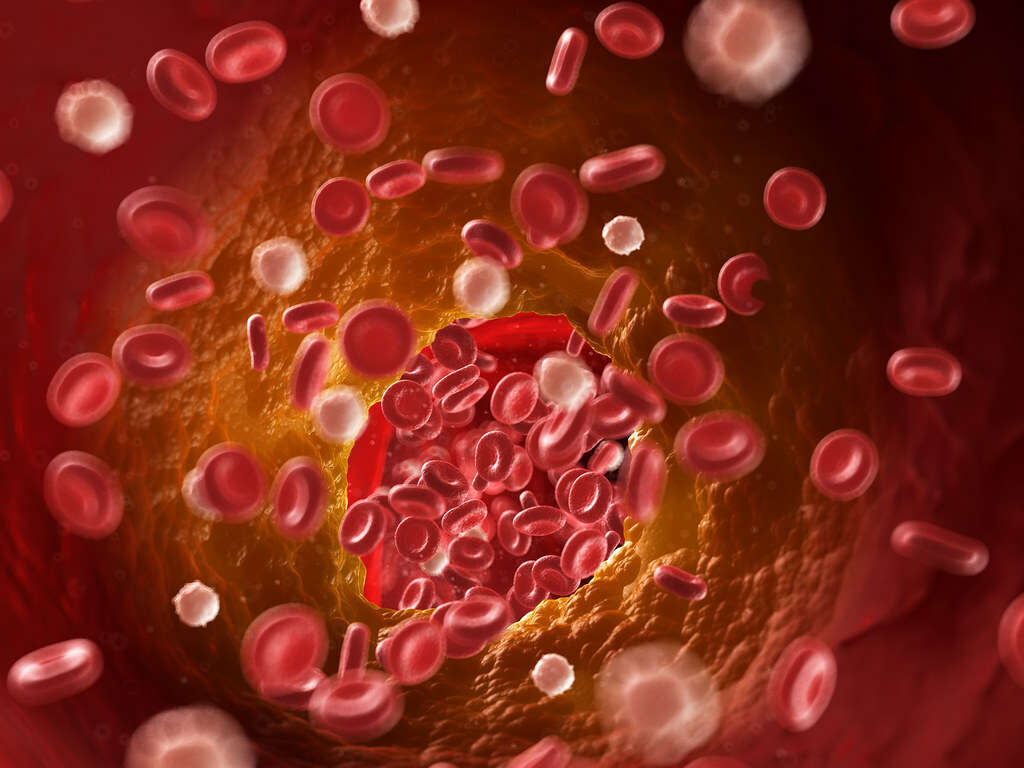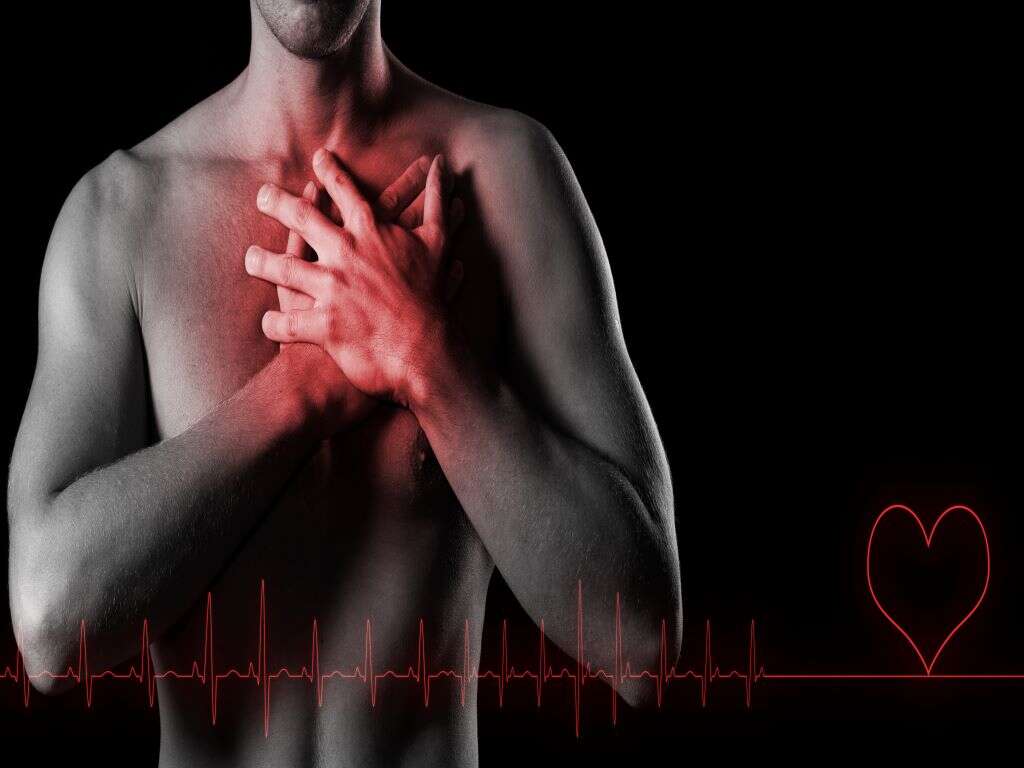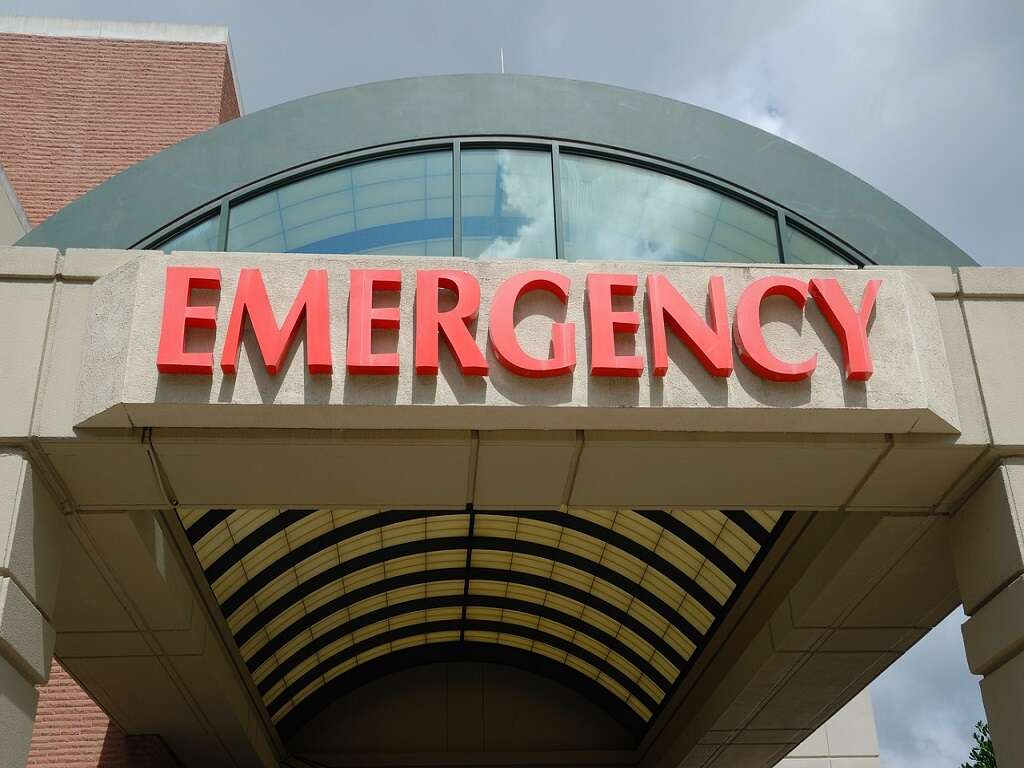What Is Ischemia?
4. Signs and Symptoms
When ischemia occurs, there is insufficient blood supply to the tissue. Since oxygen is transported into the tissues via the blood, a decreased blood supply also means that there is a shortage of oxygen. In tissues such as the brain and heart, there can be irreversible damage to the tissues when there is ischemia in as little as 3 to 4 minutes. Another region that is quickly damaged in ischemia is the kidneys.
The signs and symptoms generally depend on the affected region. In acute limb ischemia, there can be paralysis, pulselessness, paresthesia, pallor, pain, and coldness. When the heart is affected, there can be chest pain. If the brain is affected, there can be neurological symptoms such as disorientation and cognitive changes.
Advertisement












